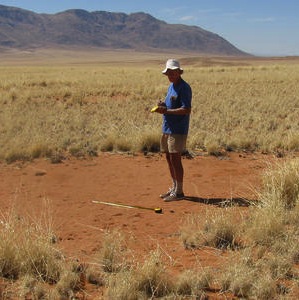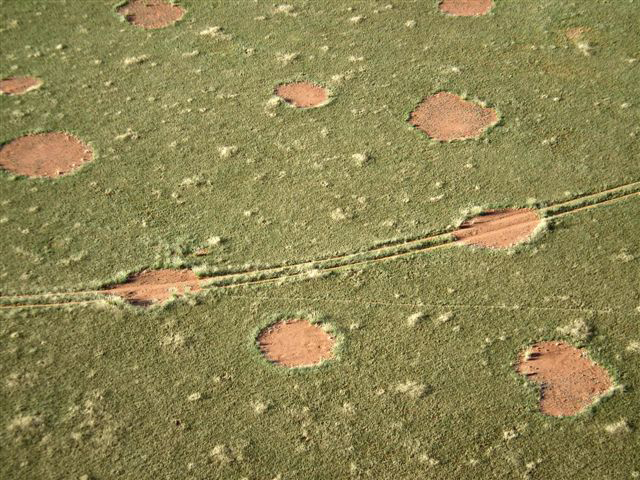
mysteriously grassless areas on a Namibian plain.
Walter Tschinkel, a Florida State University professor of biological science, recently had a paper published in the prestigious journalPLoS Oneabout so-called “fairy circles,” strangely grassless circular patches usually surrounded by a ring of taller grass on the Namibian landscape.
No one knows what causes the circles, which appear from southern Angola to northern South Africa. In Tschinkel’s paper, “Life Cycles of Mysterious Namibian Grassland ‘Fairy Circles’ Characterized,” he provides a description of the variations in size, density and other attributes of the circles. Tschinkel also found that the circles are not permanent.

The circles occur in a range of sizes from small to large. Tschinkel found that the smaller circles, about 2 meters wide, arise and vanish over an approximately 24-year cycle, and the larger ones, about 12 meters wide, arise and vanish in about 75 years. He came to his conclusions after reviewing four years of satellite images and extrapolating the circles’ lifespans from the data.
PLoS One is published by the Public Library of Science, a nonprofit organization.




